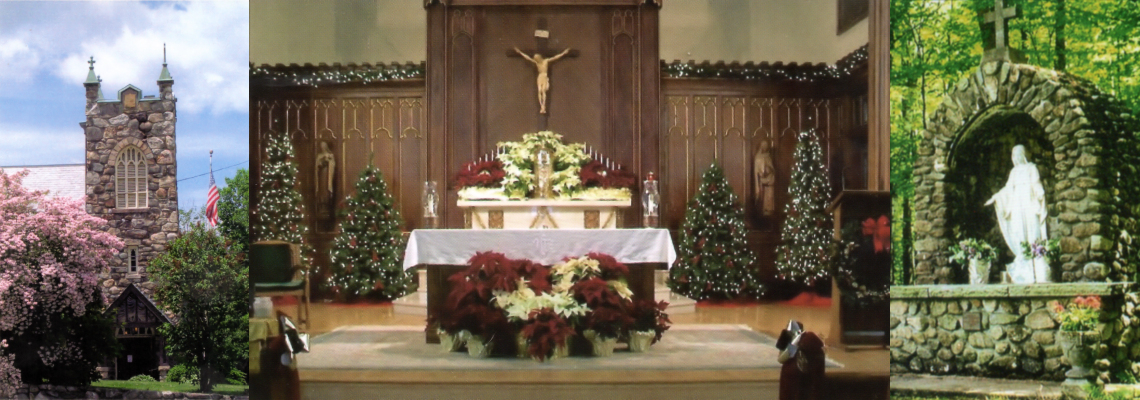An Apologetical Explanation of
Forty Days and Forty Nights
What is the significance of the number forty (40) in Scripture?
The Lord said to Moses, “Write these words; in accordance with these words I have made a covenant with you and with Israel.” And he was there with the Lord forty days and forty nights; he neither ate bread nor drank water. And he wrote upon the tables the words of the covenant, the ten commandments. (Ex 34:27-28)
You shall remember all the way which the Lord your God has led you these forty years in the wilderness, that he might humble you, testing you to know what was in your heart, whether you would keep his commandments, or not. (Dt 8:2)
Jesus was led up by the Spirit into the wilderness to be temped by the devil. And he fasted forty days and forty nights. (Mt 4:1-2)
When the number forty is used to quantify a period of time, it signifies a period of preparation, trial, or testing that precedes a new beginning or significant event in salvation history; for example, for forty days and forty nights Christ fasted in the wilderness to prepare for the beginning of his public ministry.
Scripture frequently makes use of certain symbolic numbers. Seven, for example, represents perfection, while six signifies imperfection; the number twelve relates to the Twelve Apostles, who in turn relate to the Twelve Tribes of Israel. Whenever the number forty is found in Scripture, it relates to a time of trial or testing in order to inaugurate an event of great significance. Some examples:
- In the story of Noah, God sent rain for forty days and forty nights to destroy a sinful humanity and to wash away the sins of the world, inaugurating a new covenant with man. (Gn 7:4)
- God led the Israelites in the desert for forty years in order to form them as a people and to prepare them to enter the Promised Land. (Dt 8:2)
- Moses was on Mount Sinai with God for forty days to receive the Ten Commandments and the Law. (Ex 24:18)
- Christ’s forty days and nights in the wilderness prepared him to carry out his mission of salvation that would culminate in his Passion, Death, and Resurrection. (Cf. CCC 538-539, 566)
- After his Resurrection Christ appeared to the Apostles over the course of forty days, teaching them and preparing them for their apostolic mission before he ascended to Heaven. (Cf. CCC 659)
The Church traditionally recognizes this symbolic time in the season of Lent, which comprises forty days of prayer, penance, and almsgiving in preparation for the celebration of Christ’s Resurrection at Easter. (Cf. CCC 540)
The Catechism addresses this question in paragraphs 538-539
The contents of this page are Copyright © 2014 Rev. James Socias (of the Midwest Theological Forum). These apologetics are reproduced with written consent of said copyright holder for St Patricks Parish, Jaffrey, NH website only. Reproduction of any sort must be approved directly by said copyright holder.
To get a hardcopy of these Apologetics or the Didache Bible please visit the Midwest Theological Forum (publisher) at: http://www.theologicalforum.org
